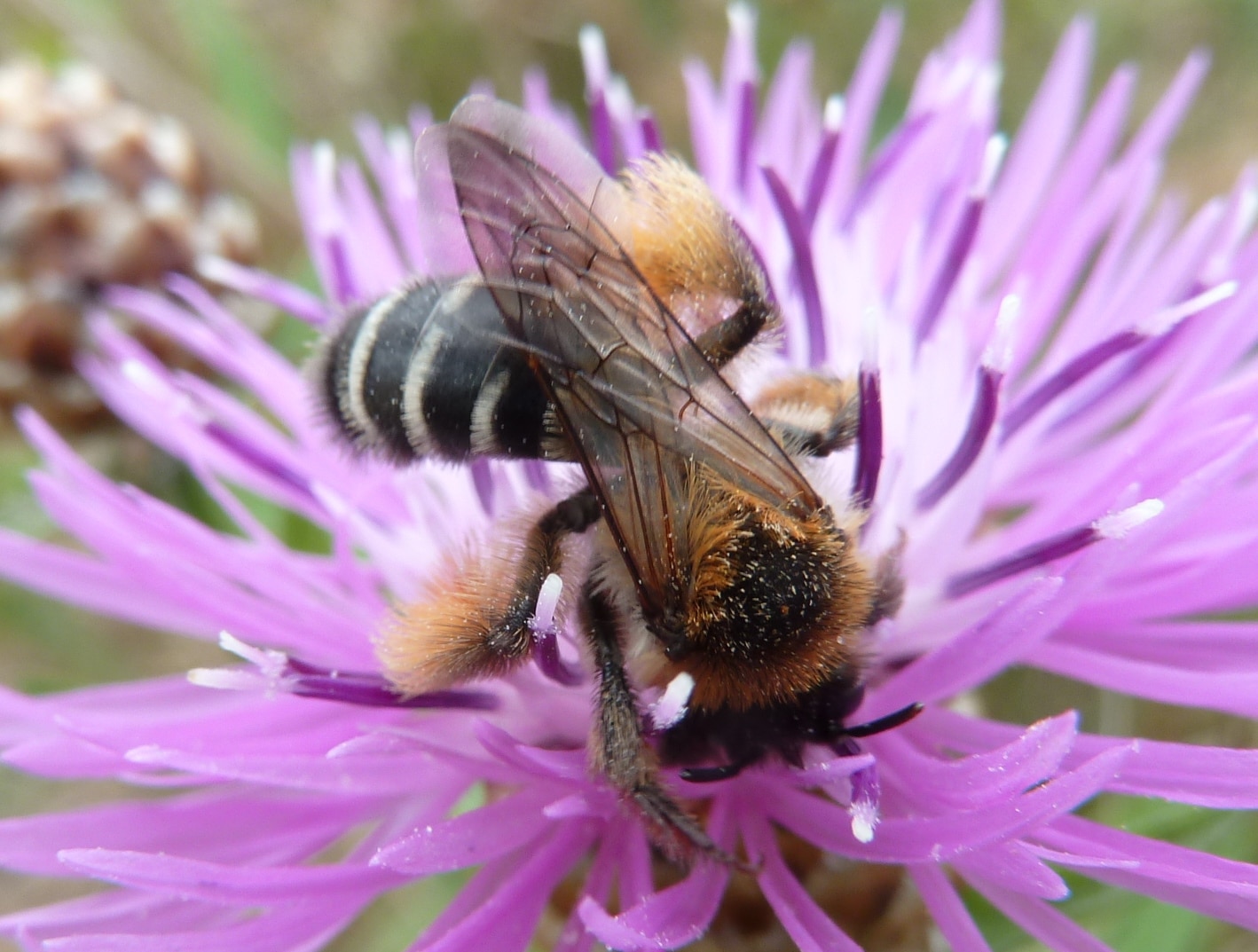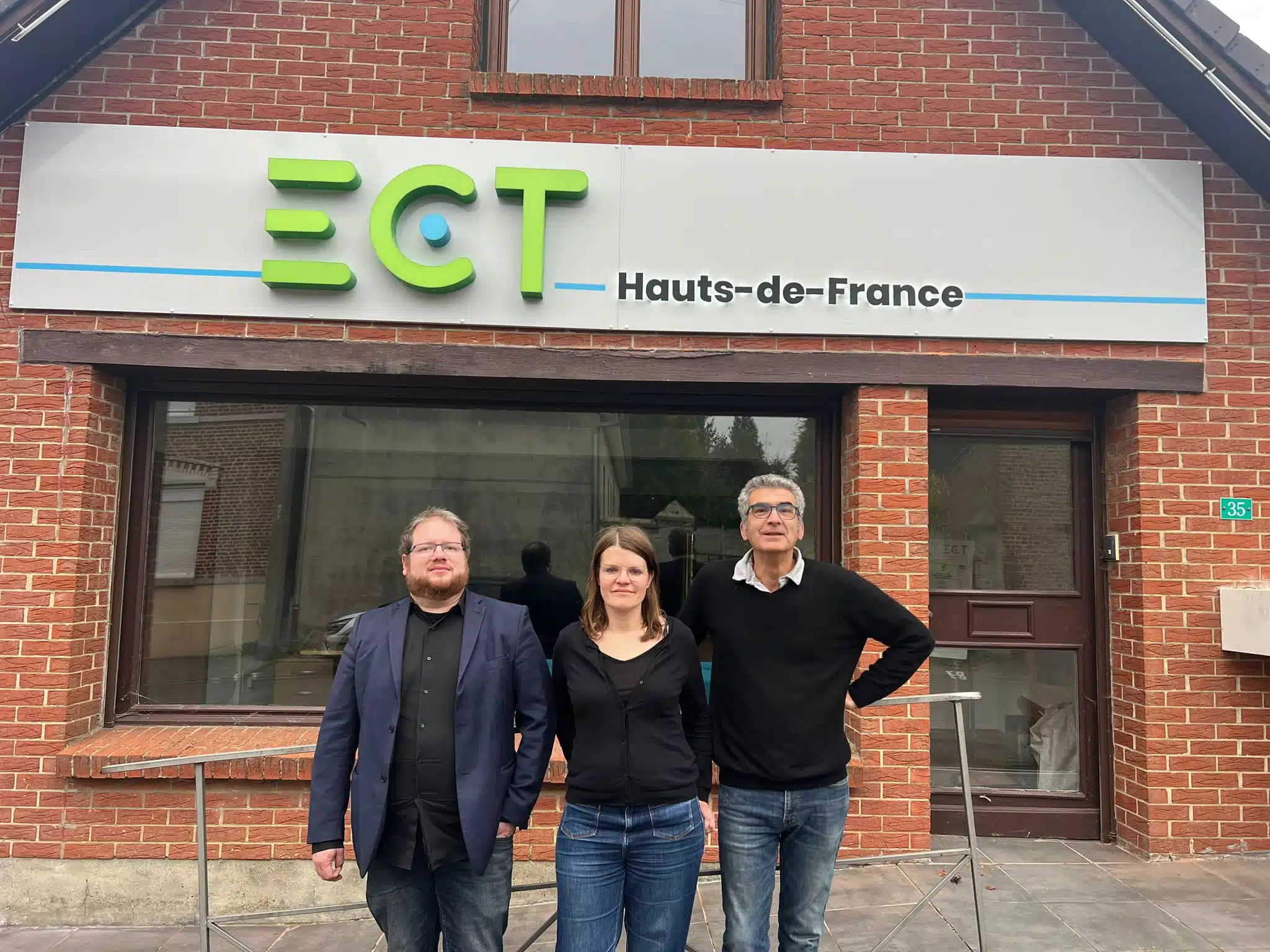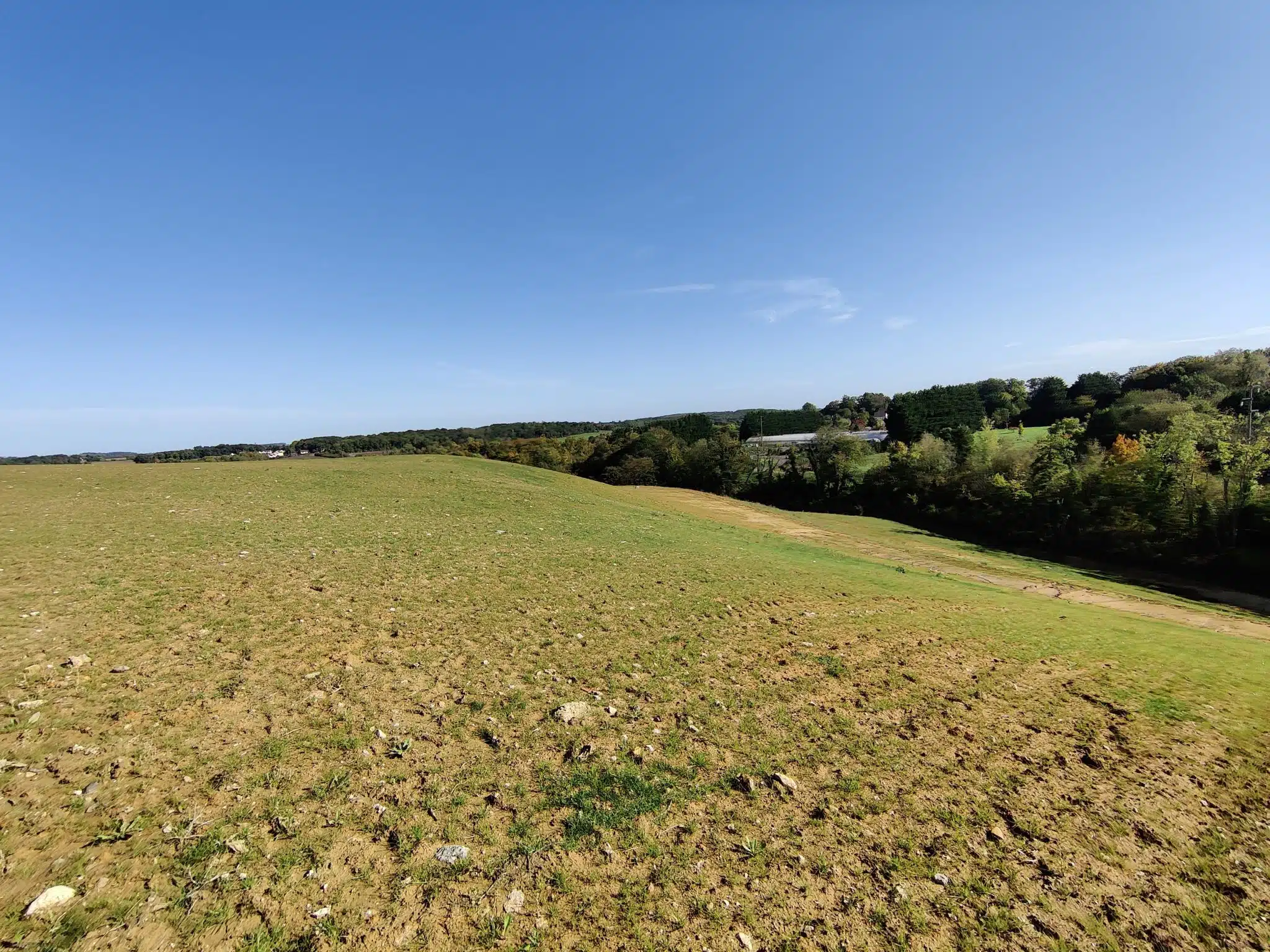To mark World Bees Day on May 20, Guillaume Lemoine, ECT’s Biodiversity Advisor, highlights the importance of preserving all bee species, pollinators essential to the balance of ecosystems.
Protecting bees can’t be as simple as installing beehives for honey production on theroof of an administrative building in the heart of an urban environment . These hives are most often home to “Italian” or “buckfast” hybrid bees. Or set up an insect hotel in the middle of a well-trimmed green space.
There are over 960 species of bee in France and 80% of bees nest in the ground.
As we know, bees play a crucial role in the reproduction of entomophilous flowering plants. They help produce fruit and vegetables. Above all, together with other pollinators such as hoverflies and butterflies, they enable wild plants to reproduce. This reproduction helps to maintain the wild flora. But it is also a way of shuffling genes and adapting to changing living conditions and environments. In a word, to evolve.
Protecting and favoring bees only makes sense if you include all bee species: bumblebees, halicts, megachiles, anthidia, osmies, andrenes. This is particularly true of specialist species that pollinate only a narrow range of plants.
Multiplying actions in the field
Collectively, we must work to restore their natural habitats and change our management methods. we need to create suitable breeding environments and strengthen their food resources.
This is why, as part of the urban forest project on the Van Pelt site (Lens – 62) carried out by ECT in partnership with EPF Hauts de France, the racks of a former waste disposal site are recycled and filled with sand of various grain sizes. These racks will encourage the reproduction of terricolous and sabulicolous bees. Nearby dry grasslands are also being restored (export mowing).
In the same vein, ECT almost systematically installs woodlands, orchards, hedges and rural forest edges. And sows flower meadows and ground cover with clover, sainfoin, trefoil… when carrying out his projects.



